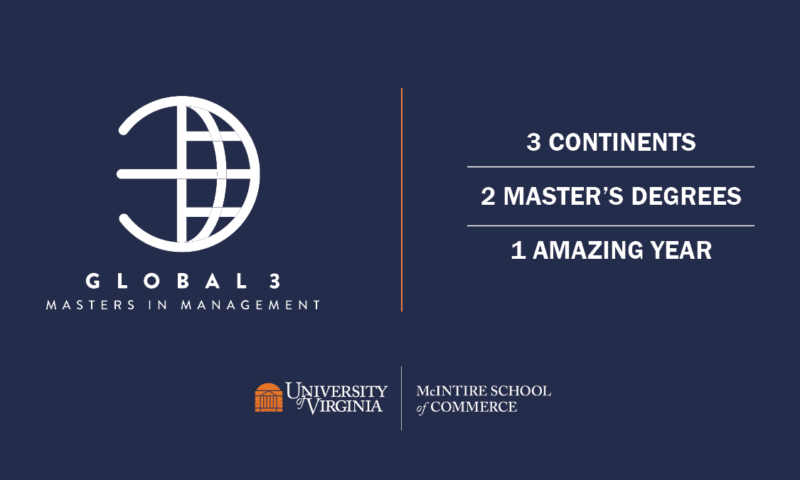One of the unique courses that M.S. in Global Commerce students take during their time at ESADE Business School in Barcelona, Spain, is “Business Simulation.” This course places students in the role of a corporate executive in a fast-paced, competitive environment and prompts them to make strategic business decisions while taking real-life events and international relations into account. This was different from other business simulations I had done because instead of focusing solely on a single functional area (i.e. marketing, finance, etc.), we integrated them all to demonstrate how these functions work together across a company. It also adds a very realistic layer as students compete against one another in teams within the same market.
The Business Simulation. The simulation begins in the fifth period of a company that sells semiconductor integrated circuits and electronic main boards but is losing money. The previous management team was fired and the new management team, the students, have six periods to turn the company around by focusing on three main goals: 1) increase the retained earnings from a grim $386,000 to $1.5 million, 2) maintain a debt-equity ratio of no more than 20/80, and 3) achieve a growth rate for return on assets greater than 10% after period ten. The management team also submits their own set of goals and objectives. At the end of period ten, the management team presents the strategies they implemented and their results to the “stakeholders.”
The Process. At the beginning, each team elects a CEO to lead their company and assigns other functional roles. For each period, teams decide their company’s next steps, like how much to produce of each product, how much to invest to maintain the efficiency of their factories, what to charge for each product (for a standard or deluxe product) in each available region (United States, Europe and Japan), how much to invest in research and development to improve their product quality, and many more. Teams are given a bulletin each period with information about political and industry events happening around the world that could impact their markets. Each team has to be well informed and organized in role delegation within the company, understanding how a single decision affects their financial statements, and knowing what steps need to be taken to adhere to their strategy and reach their goals.
Current student Bill Koepsell agreed. “I’ve used a couple of different simulations in previous business classes, but this was by far the most involved. The strategies and decisions among groups varied enough that we could each find our niche in the simulated market, but we still faced difficult competition and had to anticipate the decisions of our fellow classmates.”
Another student who acted as CEO of his group, Carlo Napolitano said, “In my opinion, the professors tried to teach us about real-life problems by letting us experience them for ourselves. For example, our end of period shareholders meeting allowed us to understand the mindset of the shareholder and it also addressed minor issues like whether a company should get a holding in a specific country and what unique policies might affect the company if they do. For me, it has been extremely valuable to understand the stress of making all of the decisions that occur within a company as a CEO. Until now, exams and papers had always focused on a single topic, but this course included nearly every kind of decision a real company would have to face from operations to finance.”
This experience has brought to life the concepts that we have been learning throughout the course of the year that up until this point had felt theoretical.
The Conclusion. At the end of the semester, teams presented their results and the strategies that they deployed. Examples ranged from becoming the market leader in a particular product to the leader in research and development to becoming the leader in low cost products. For me, the business simulation was incredibly valuable as it provided me with a unique opportunity to learn about what it is like to be a chief decision-maker for a company and respond to unexpected issues that may arise in a fail-safe environment. Although this was a class that many students were nervous about in the beginning, by the end everyone could say they had learned something valuable. They even enjoyed the process—despite the fact that everyone was just a little competitive.



